New faucet - which way is hot?
chartma530
14 years ago
Featured Answer
Comments (35)
mom2reese
14 years agoholligator
14 years agoRelated Professionals
Ocala Kitchen & Bathroom Designers · Salmon Creek Kitchen & Bathroom Designers · Fair Oaks Kitchen & Bathroom Remodelers · Las Vegas Kitchen & Bathroom Remodelers · Londonderry Kitchen & Bathroom Remodelers · Sioux Falls Kitchen & Bathroom Remodelers · Sharonville Kitchen & Bathroom Remodelers · Dover Cabinets & Cabinetry · Drexel Hill Cabinets & Cabinetry · Holt Cabinets & Cabinetry · North New Hyde Park Cabinets & Cabinetry · Town 'n' Country Cabinets & Cabinetry · Santa Rosa Tile and Stone Contractors · South Holland Tile and Stone Contractors · Oak Grove Design-Build Firmsseaglass7
14 years agoFori
14 years agoBuehl
14 years agolesmis
14 years agohestia_flames
14 years agomanicotti
14 years agochartma530
14 years agoUser
14 years agoScott Dixon
5 years agoVangelis Tsirikos
5 years agoUser
5 years agolast modified: 5 years agoBrenda Scally
5 years agoPaul Blank
4 years agolast modified: 4 years agoFrancis-Cédric Martel
4 years agoFrancis-Cédric Martel
4 years agoJoe Kidd
4 years agoMary Glickman
4 years agoAMS
4 years agoMary Glickman
4 years agoBuehl
4 years agolast modified: 4 years agoabcdlatham
4 years agoRyan Thomas
4 years agoJoe Kidd
4 years agorosekuo
3 years agolast modified: 3 years agoPaul Mingay
3 years agoJohn Caporale
2 years agoTilly Kong
2 years agoJohn Smith
2 years agolast modified: 2 years agoBill Johnson
2 years agoFraise Design
last yearclt3
last yearHU-703929031
last year
Related Stories
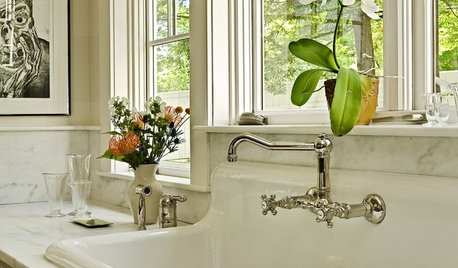
KITCHEN SINKSWhich Faucet Goes With a Farmhouse Sink?
A variety of faucet styles work with the classic farmhouse sink. Here’s how to find the right one for your kitchen
Full Story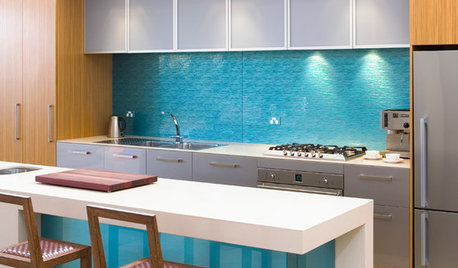
KITCHEN DESIGNHouzz Quiz: Which Kitchen Backsplash Material Is Right for You?
With so many options available, see if we can help you narrow down the selection
Full Story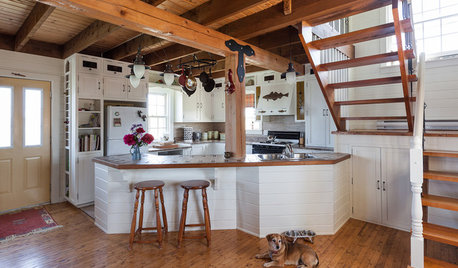
KITCHEN DESIGNOpen vs. Closed Kitchens — Which Style Works Best for You?
Get the kitchen layout that's right for you with this advice from 3 experts
Full Story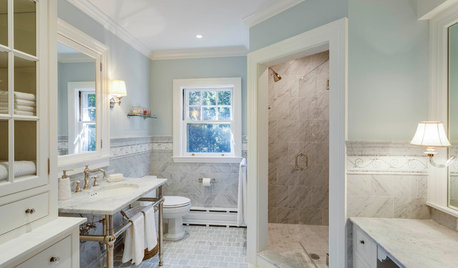
BATHROOM DESIGNWhich Bathroom Vanity Will Work for You?
Vanities can be smart centerpieces and offer tons of storage. See which design would best suit your bathroom
Full Story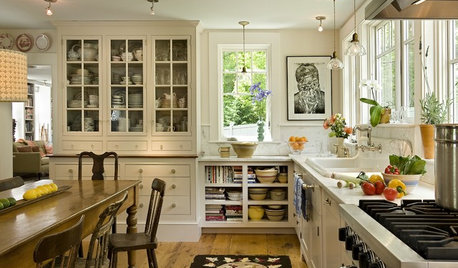
KITCHEN DESIGN12 Great Kitchen Styles — Which One’s for You?
Sometimes you can be surprised by the kitchen style that really calls to you. The proof is in the pictures
Full Story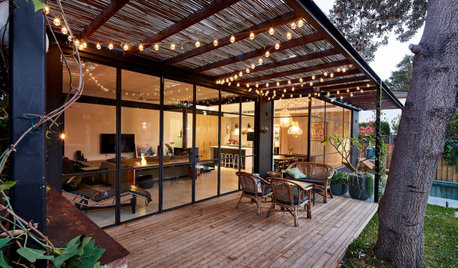
LANDSCAPE DESIGNWhich Pergola Is Right for You?
A covered pergola can increase the time you spend in your outdoor living space. Which covering should you choose?
Full Story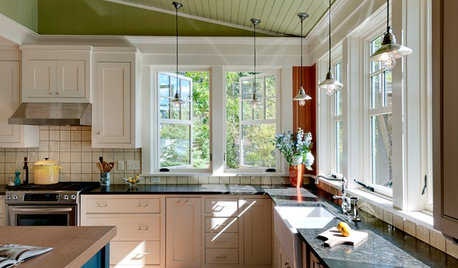
REMODELING GUIDESWhich Window for Your World?
The view and fresh air from your windows make a huge impact on the experience of being in your house
Full Story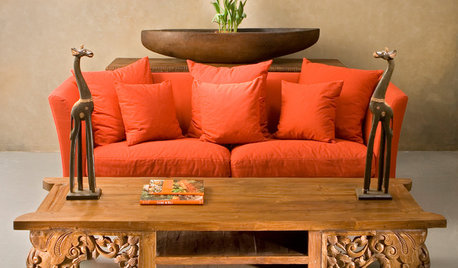
ORANGEOrange: Still Hot, Hot, Hot
Get fired up to bring in more orange with energizing paint, furnishings, rugs and accessories
Full Story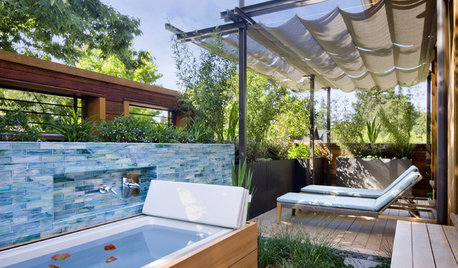
GARDENING AND LANDSCAPING13 New Ways to Make a Splash With a Hot Tub
Check out the modern options and custom features that are making outdoor spa tubs hot again
Full Story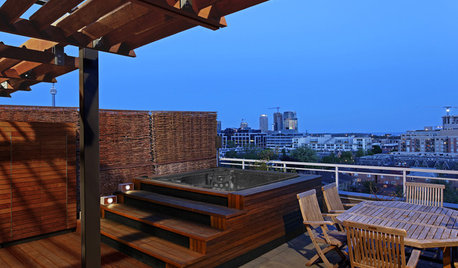
GARDENING AND LANDSCAPING8 Ways to Beautifully Integrate an Outdoor Hot Tub
Harmonize your hot tub with your landscape for good looks and great relaxation
Full StoryMore Discussions






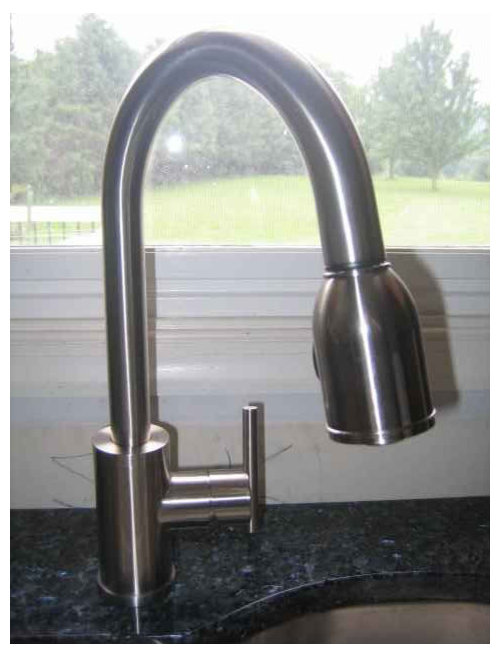
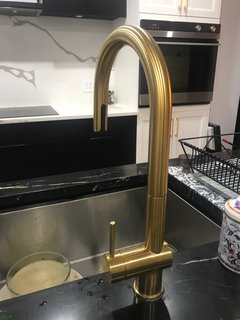
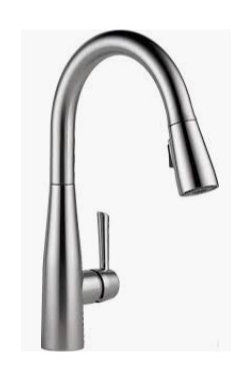



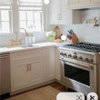
faucetman886